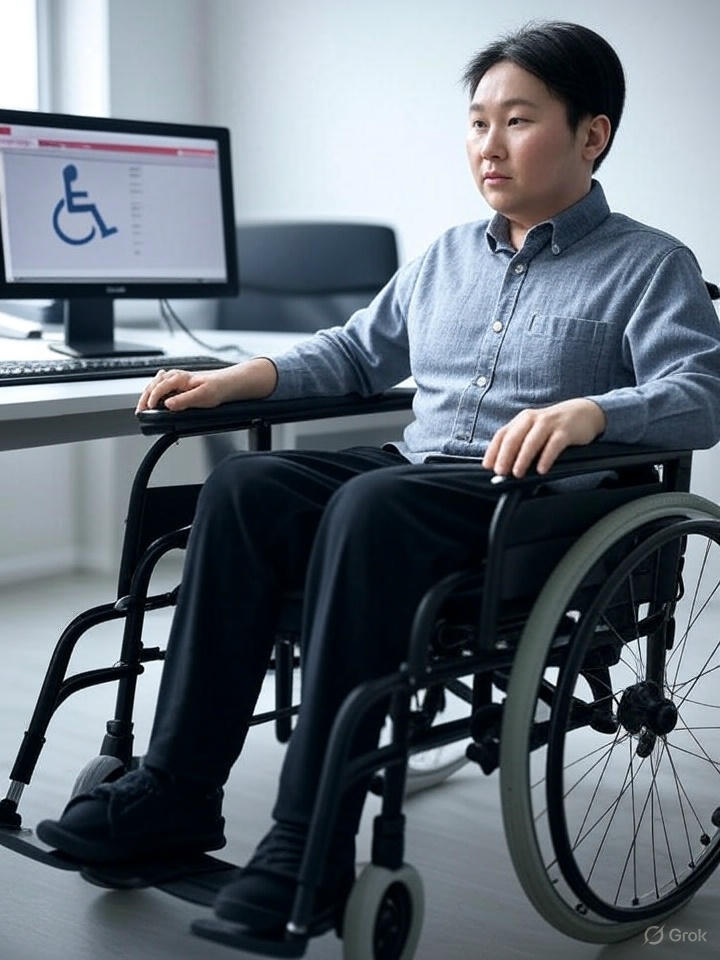Website Accessibility for Small Businesses: What You Need to Know
Website accessibility means ensuring your site is usable by everyone, including people with disabilities like vision impairments, hearing loss, or motor challenges.
For example, a blind person might use a screen reader to navigate your site, while someone with motor issues might rely on a keyboard instead of a mouse.
The Web Content Accessibility Guidelines (WCAG) 2.1 set the standard for making sites accessible, covering things like:
Adding alt text to images for screen readers.
Ensuring text contrasts well with backgrounds.
Making buttons and links work with a keyboard.
In the U.S., the Americans with Disabilities Act (ADA) requires websites to be accessible, treating them as “public accommodations.” If your site doesn’t meet these standards, you could face legal trouble.
Why Should You Care? The Risk of Lawsuits
In 2024, over 3,188 accessibility lawsuits were filed against websites, and 67–77% targeted small businesses like yours (those with less than $25 million in revenue). These lawsuits often hit e-commerce sites, which are common for small businesses using WordPress and Elementor. Here’s what’s at stake:
Cost of Lawsuits: Settling a case can cost $10,000–$50,000, and even a demand letter (a pre-lawsuit warning) might run $2,500–$5,000 to resolve.
Who’s at Risk: Small businesses are prime targets because they often lack the budget or knowledge to fix accessibility issues. New York and California see the most lawsuits, but they can happen anywhere.
Common Issues: Lawsuits frequently cite missing alt text (80% of cases), low color contrast (60%), and poor keyboard navigation (50%).

Will You Get Sued?
Your risk depends on a few factors:
High Risk: If you run an e-commerce site, have a complex WordPress/Elementor setup (e.g., sliders, forms), or operate in New York or California, you’re more likely to be targeted. Plaintiff firms use automated tools to scan sites for issues, and Elementor’s dynamic widgets can flag errors.
Moderate Risk: If your site is simple (e.g., a portfolio or blog) and you’re in a less litigious state, your risk is lower—but not zero.
Good News: Taking proactive steps (even small ones) can make your site less attractive to plaintiffs and show “good faith” if a lawsuit arises, potentially reducing penalties.
The reality? Lawsuits are common, but they’re not inevitable. By addressing key issues now, you can significantly reduce your risk.
The Good News: Accessibility Helps Your Business
Fixing accessibility isn’t just about avoiding lawsuits—it’s good for business:
Reach More Customers: 15–20% of people have disabilities. An accessible site welcomes them.
Boost SEO: Search engines like Google favor accessible sites, improving your rankings.
Enhance User Experience: Clear navigation and readable text benefit everyone, not just disabled users.
![Validate my RSS feed [Valid RSS]](https://creativevirtualoffice.com/storage/2025/05/valid-rss-rogers.png) Skip to content
Skip to content

